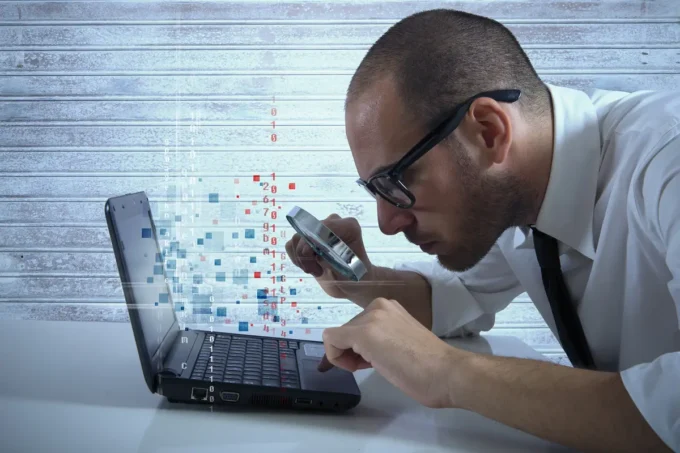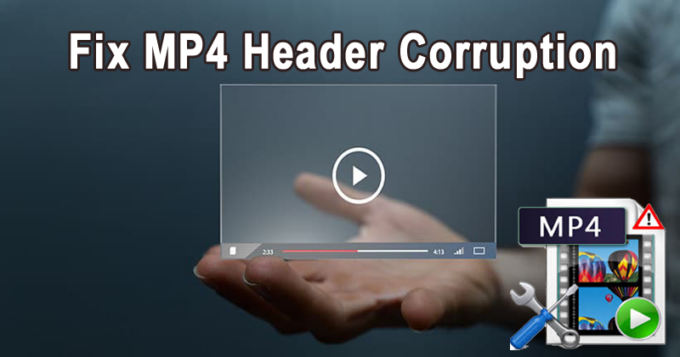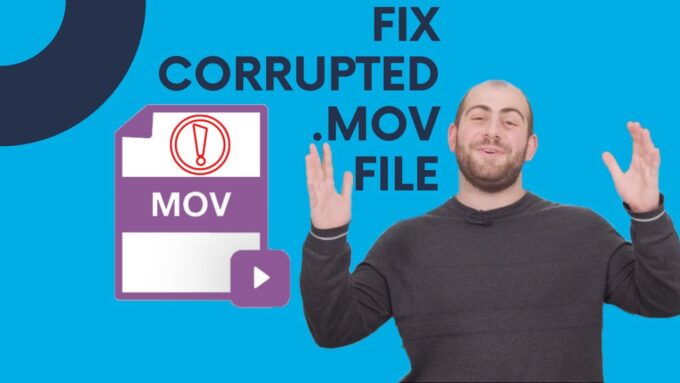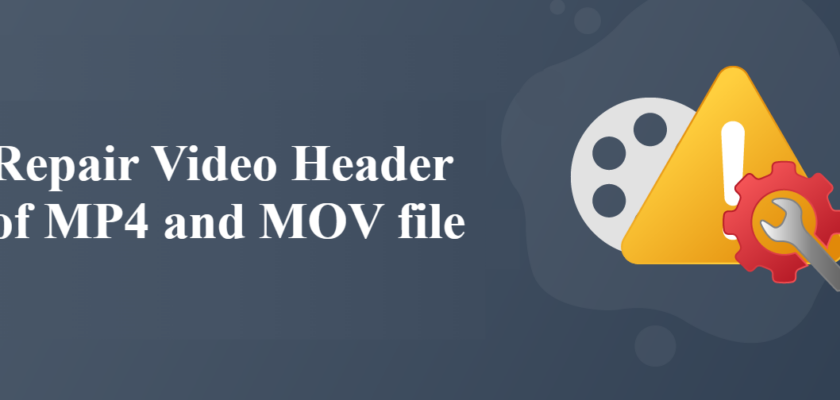Are you facing a headache caused by the damaged video header of your MP4 or MOV file? Don’t worry, now you can easily fix them with this simple guide.
You can now repair and restore the video files that you thought were beyond recovery. Read this article to learn how!
How to Detect a Corrupted Video Header

Source: csoonline.com
If a video file is corrupted, the first step in attempting to repair it is to identify the issue. A corrupted video header can be discerned by inspecting the file format and using specialized software, such as Stellar Repair for Video.
The most common formats for media files are MP4, which uses both MPEG-4 and H.264 encoding, and MOV, based on Apple’s QuickTime format. These contain metadata-containing “headers” that provide information about the content such as duration, coding used (MPEG-4 or H.264) and resolution of the video file.
Begin by opening the original application used to generate the video file. On Windows systems this would be either Windows Media Player or VLC media player for both MP4 and MOV formats; on Mac OS X you would use QuickTime Player for either MOV or MP4 files; Linux systems vary depending on distribution but will likely have some kind of native player installed (these may vary from distribution to distribution). Once you have opened your media player, open your corrupted video file to see if it plays as expected or experiences interruptions or stalls altogether. If it does not play at all check that an incorrect format has not been chosen (for example if you attempt to play an MOV with VLC media player).
Once you are certain your original encoder can no longer open the file turn to more technical diagnosis tools such as MediaInfo which provides additional insight into how the files were created including version numbers of codecs used during encoding as well as other technical parameters such as bitrate and frame rate attained while generating these files. With this additional technical data gathered through MediaInfo searches against databases can be employed with more accuracy in order to come up with a possible solution for repairing corrupted header information within these video files.
How to Repair a Corrupted Video Header

Source: rescuedigitalmedia.com
If your MP4 or MOV file is corrupted, it can cause the video’s header to become damaged. The header of a video file contains important information about the video, including its length, width, format. Without this information, the computer can’t open or play your clip or extract desired data from it. If you’re seeing one of these error messages when attempting to open your video clip: “The application has failed to initialize properly (0xc0000005)”, “Invalid argument/argument null exception occurred” then this is likely due to a corrupt video header.
Fortunately, it is possible to repair the damaged video header of an MP4 or MOV file using specialized repair tools. These include both free and commercial software solutions that take care of broken headers in a matter of minutes—sometimes even automatically (so you don’t have to tinker with complex settings).
Before attempting any repair operations on your corrupted file, make sure that you first backup your original footage just in case something goes wrong. It would also be wise to scan your computer for viruses and malware as they can sometimes cause damage to files as well. Once all safety measures have been taken into account, you will be ready for the actual repair process:
- Download and install a specialized repair tool
- Select the broken mp4/mov file using either drag-and-drop feature or browse option
- Click on Repair button and follow instructions provided by software interface
- Preview repaired video before saving it
- Save repaired videos on local disk drives in most popular formats such as MP4, 3GP, WMV, RM etc..
Common Causes of Video Header Corruption

Source: lupus.org
Video header corruption can occur in both MP4 and MOV files and is caused by many different reasons, including improper downloading or uploading of a video file, errors during the transfer of the file from one device to another, corrupt storage media such as hard drives, DVD or CD-ROMs, and changing or editing the video too quickly. This type of problem cannot be solved with simply performing a single repair. Instead it requires multiple attempts to accurately restore the data in order to make the video playable again.
The most common causes of video header corruption are:
- Partial Downloading or Uploading of Video Files: When transferring large digital files such as videos across networks, an error may occur that interrupts the process before all of the data is received. This will cause an incomplete file size and corresponding fixable corruption problems in its header.
- Transferring Files Between Devices Without Proper Formatting: Moving a file from one device to another without using compatible formats can result in a corrupted fileheader due to minor platform compatibility issues.
- Corrupt Storage Media: Corrupt media such as hard drives that are used for storing digital data can cause violations in integrity checksums resulting in broken off chunks of data which can lead to corrupted video headers.
- Changing Video Quickly: Editing a video on multiple speed playback settings over a significant duration can also result in corruption issues within its header section which will make it unplayable until properly repaired.
Conclusion

Source: youtube.com
At the end of the repair process, you will find that your MP4 or MOV file headers are fixed and you can now view the video with no issues. In the unlikely event that the above procedure did not work, then you may need to consider professional video recovery tools or services to completely recover your data.
It is worth noting that before attempting any repair process, you should create a copy of your corrupt video so that in case things go wrong, you can have a backup from which to start anew. Additionally, make sure to follow all instructions provided in order for successful header repair and file recovery.

